Contents
In the annotations of tomato seed producers, the variety is often indicated “for conservation”. It is rare that the packaging in the destination says “for pickling”, although tomatoes are salted no less than canned. Pickled tomato varieties often coincide with varieties intended for conservation. More precisely, both operations can be carried out with these tomatoes. However, there are slight differences between them.
When choosing varieties of tomatoes intended for salting and canning, they do not pay much attention to yield. Other criteria are important here.
Varieties of tomato for pickling are chosen, focusing on the fruit.
In a good scenario, the variety should produce tomatoes of approximately the same size for uniform soaking of the brine during the pickling process. The bushes should harvest in unison, it is impossible to store a batch of ripe tomatoes while waiting for the next one to ripen. Already harvested tomatoes can become moldy and spoil the entire batch for pickling. For a guaranteed harvest of varieties, it is better to choose zoned in the area where they will be grown.
Canning varieties should meet almost the same requirements as pickling varieties, but tomatoes should be even smaller. In addition to the fact that large tomatoes pass very poorly into the neck of the jar, they often burst either when pouring them with a hot marinade solution, or later when trying to get the fruit out of the jar. For some, it is important that the contents of the jar look beautiful, which is almost impossible to achieve when preserving large tomatoes. However, beauty is a matter of taste.
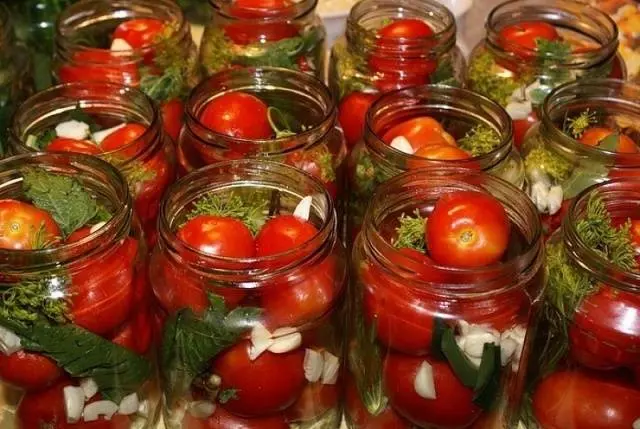
But what is really very important when choosing a tomato variety for any type of preparation is the resistance of the plant to various pathogenic microflora.
Tomatoes affected by fungi are not suitable for pickling, preservation, or storage. This is what once explained the torment of housewives in the USSR, when the entire batch of canned tomatoes could explode. After all, the tomatoes arrived in stores already rotten, but this was not yet visible to the naked eye.
The best varieties of tomatoes for canning
sweet meeting
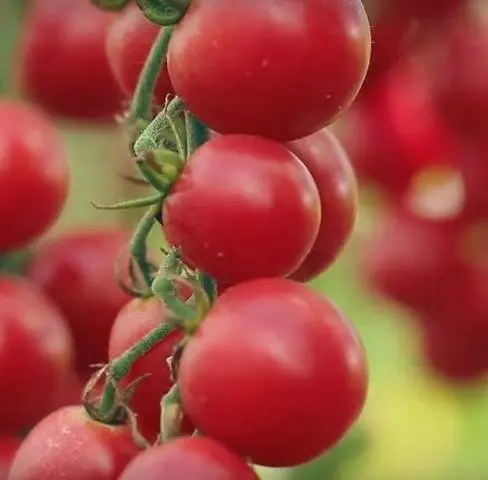
Pink tomatoes with medium pulp. Not suitable for salting, but well suited for canning. Fruits weighing 17 grams belong to the “cherry” group. A jar of canned tomatoes will look very original if you mix them with cherry tomatoes of other colors, for example, Golden Stream and De Barao.
The variety must be grown under film cover. The bush is determinant, requiring a garter and shaping. The growing season is 100 days.
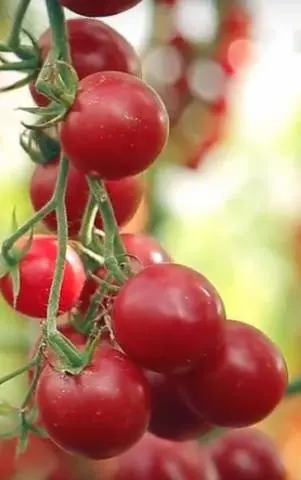
De Barao
Under the name “De Barao” hides a whole “family” of tomatoes. “De Barao” is not only colorful, but also of different sizes. Some of them are suitable for conservation and salting, others are too large for these purposes.
Common features of the varieties of this variety:
- the variety is grown only in greenhouses, open ground is possible only in the southern part of Our Country;
- unpretentiousness;
- high yield.
“De-Barao Gigant”
Not suitable for pickling and canning. Too large tomatoes weighing up to 350 g do not allow high-quality fermentation of tomatoes, as they burst under pressure. And a whole tomato simply will not fit into a jar.
“De Barao Black”
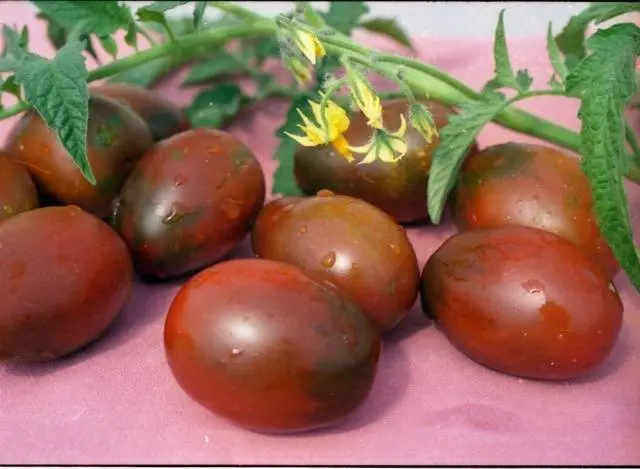
Tomatoes are perfect for canning. With an average weight of 55 grams and a purple color when ripe, they pair well with varieties such as Golden Stream and Sweet Meeting, creating a colorful variety in the jar.
The ovaries are formed in brushes up to 10. There can be up to 8 brushes on the stem. As an exception, the bush is determinate, being very tall (up to 3 m). In this regard, the tomato is grown in high greenhouses or in the open, if we are talking about the southern regions. To the north, only greenhouse conditions are possible.
With good care from the bush of this variety “De Barao”, up to 8 kg of tomatoes are harvested. Form a cous in 2 stalks with obligatory tying.
The disadvantages include its poor coexistence with other varieties of tomatoes and the need for careful pruning.
Advantages are resistance to diseases and sharp fluctuations in temperature, shade tolerance and frost resistance.
“De Barao Red”
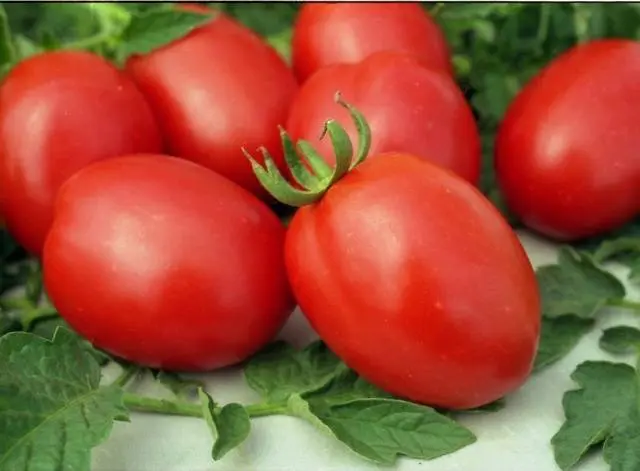
Bears red fruits weighing from 80 to 120 g, which are suitable for pickling and canning. Preservation is best done in fairly large jars. The total yield of the bush is up to 6 kg. Usually lower.
The bush grows up to 2 meters and requires high ceilings in the greenhouse. It is not recommended to plant in unprotected soil, as the tall stem can be damaged by the wind. The variety is not standard. Disease resistant.
“De Barao Yellow/Gold”
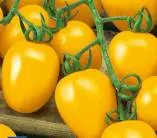
The name of the variety may contain both options for designating the color of yellow tomatoes weighing up to 90 g. These tomatoes are well suited for conservation due to their small size.
The variety forms ovaries with brushes up to 10 pieces each. An average of 7 brushes are formed on the stem. The growth of the bush is up to 2 meters, which requires a strong support for tying. But from such a bush you can get up to 12 kg of tomatoes. In exceptional cases up to 20 kg.
The disadvantages of the variety include its long growing season (the first harvest after 120 days), mandatory pinching and the need for a large living space.
The pluses include its frost resistance and undemanding to lighting, resistance to diseases and endurance.
“De Barao Pink”
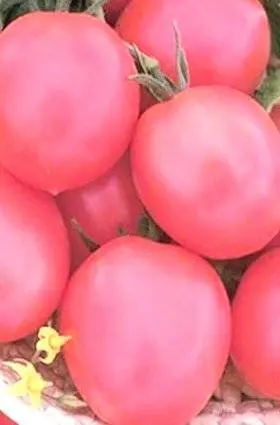
Small pink tomatoes, good for canning. Tomatoes have a “nose” common to all varieties of “De Barao”. They grow with brushes of 9 ovaries on each. Up to 6 brushes are formed on the stem. The flesh of this variety is sweet and sour, fleshy.
Bush with unlimited growth, bears fruit until cold weather. The usual yield is up to 7 kg per bush. With good care up to 10 kg. Bushes are planted two per square meter.
The advantages and disadvantages are the same as those of other representatives of this group of varieties.
The best varieties of tomatoes for pickling
“De Barao Royal”
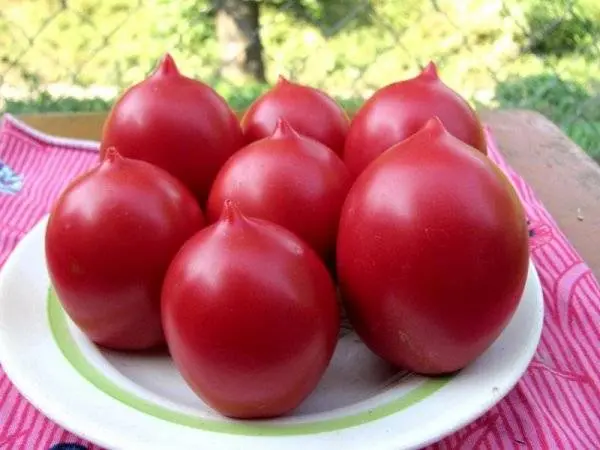
Good for salting. The average weight of tomatoes is 160g. It is suitable for conservation only if it is preserved in large jars, from 3 liters or more. One – two tomatoes per liter jar, while occupying a smaller part of the volume is both inefficient and ugly.
Tomatoes are slightly elongated, pink-red. Grow brushes up to 8 fruits each. About 9 brushes are formed on one stem of a tomato bush.
A bush with unlimited growth, able to produce a crop until the onset of frost. One bush gives up to 12 kg of tomatoes, and in good conditions and regular feeding can give out 20 kg.
A bush grows up to 2 m and requires tying and pinching. The variety is not afraid of sharp fluctuations in temperature and frost, it is very resistant to diseases.
“De Barao Orange”
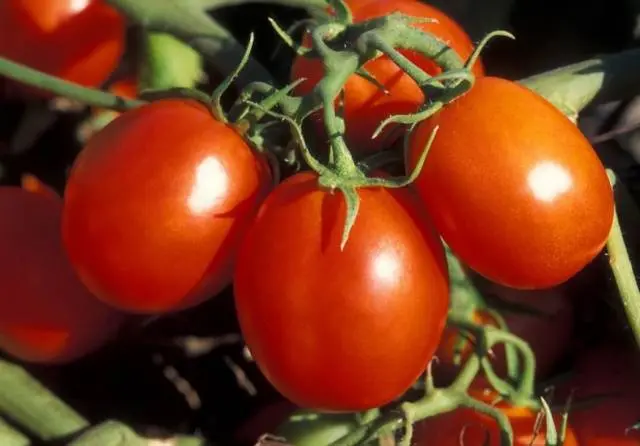
A variety of tomatoes, located “on the very border” between tomatoes suitable for pickling and suitable for conservation. Equally can be used in both cases. The weight of these tomatoes is 110 grams. The color at maturity is deep orange. For salting in a barrel, they are very suitable. For canning, it is better to choose a fairly large jar where these fruits will look very nice.
The bush is not limited in growth, so it can bear fruit until frost. It grows up to 2 meters high and requires a lot of space for itself. With a lack of space, it can die. The bush is not standard, requires strong support and high-quality tying. Form a bush usually in 2 stalks. The usual yield is up to 8 kg per bush.
Advantages and disadvantages are common with other varieties of this variety.
“Salting delicacy”
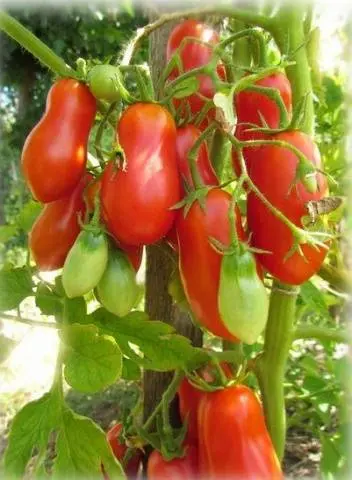
The variety is zoned for the northern regions: the Urals and Siberia. Non-hybrid. The bush grows no higher than a meter, being determinant. Standard, not requiring pinching, but in need of tying. Harvest maturity is 100 days. It can be grown in open beds, but is prone to phytophoto disease. The yield is low relative to industrial varieties: up to 3,5 kg per bush.
Medium-sized tomatoes (up to 100 g), elongated shape (cream). Like most varieties of this group, they have a dense skin that protects tomatoes from fungal diseases and does not crack when salted.
Donskoy F1
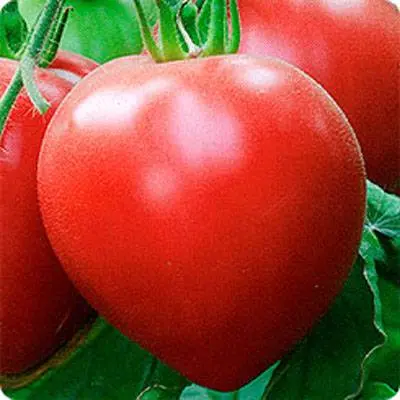
According to the manufacturer, the variety is suitable for conservation, but with its size it is better to use it for pickling. The weight of the tomato is from 100 to 120 g. The fruit is sufficiently round in shape and large in size so that it can be removed from the jar without much difficulty later.
But this variety has a very dense pulp, which is a good quality for both pickling and canning.
The bushes are undersized, up to 60 cm. The variety is distinguished by a friendly ripening of fruits, like most other determinant tomatoes. Harvest 95 days after sowing seeds. A tomato was bred in the Rostov region and has an elongated “nose” characteristic of hybrids selected by Poisk. Zoned for the south of Our Country, Ukraine and Moldova, where it can grow in the open. To the north it is grown in greenhouses.
Tips for choosing pickled tomatoes
During fermentation, lactic acid is formed in the barrel, which acts as a preservative and prevents the tomatoes from becoming moldy. With an insufficient content of saccharides in tomatoes, acid is not formed and fermented products become moldy.
You can ferment not only red, but also green tomatoes. In this case, it is better to collect tomatoes of blange ripeness.
Therefore, for salting, it is necessary to take as solid specimens as possible. At the same time, if almost any variety of tomatoes, except for salad and sauce ones, is suitable for pickling green tomatoes, then for pickling ripe tomatoes it is better to choose those that have a very dense skin. Such a peel is distinguished by varieties, popularly called “plums”. All of them have an oblong shape and a rough thick skin.
Conclusion
In the end, everyone chooses the best varieties of tomatoes for pickling and canning for himself. Much depends on the marinade or brine recipe and the taste of a particular tomato variety.









